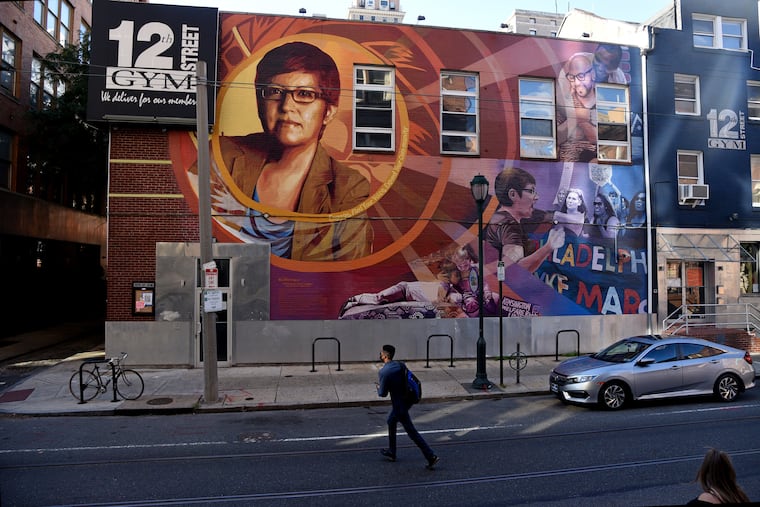Some question whether the new public art approved for Midwood tower keeps the promise to honor Black and LGBTQ history
Midwood Development got lots of attention after whitewashing the mural of queer activist Gloria Casarez, but almost no notice when it presented its plan for new art to the Arts Commission on May 8.
